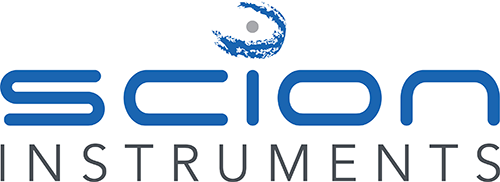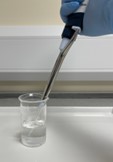Pipetting Best Practice Guide
What is a pipette?
Pipettes are an essential tool in laboratories which are used to transfer volumes of liquid from one vessel to another. They can be made from glass or plastic and can be manual or electronic
Types of pipettes
The most basic type of pipette is a Pasteur pipette which are disposable and can’t be used for accurate and precise measurements. For accurate and precise measurements it is necessary to use a volumetric pipette or a single or multichannel pipette. Single or multichannel pipettes are not disposable and typically use an air-displacement design to dispense consistent volumes of a liquid using a disposable pipette tip.
A multi-pipette allows the user to dispense replicate volumes of liquid without having to refill the pipette tip every time like a single or multichannel pipette.
Factors affecting pipette accuracy
Before using a pipette check that it’s calibration is in date. This is to ensure that your pipette is working within a predetermined acceptable accuracy and precision range. Calibration of laboratory equipment is important for traceability and reliability of results. See our technical note on The Importance of Lab Equipment Calibration.
Before using a single or multichannel pipette you must ensure you have the correct tip for the pipette. Using a high quality tip which is designed for your pipette type will lead to the most accurate and precise results.
It is most common to use the forward pipetting technique but for viscous or volatile liquids there can be a benefit to using the reverse pipetting technique. The reverse method can lead to over -delivery so the difference between the techniques can be compared by your laboratory.
Once pipette, tip and technique are selected then the following factors can help to produce consistent results:
- Pre-wet the pipette tip
Intake and expel the amount of liquid you will be pipetting in triplicate before preparing a sample. The benefits of doing this is that it reduces evaporation from the pipette tip.
- Temperature
Working at a consistent temperature so equipment and chemicals are all at ambient temperature before pipetting. Single or multichannel pipette generally use air displacement and this is affected by temperature.
- Residual droplets
Before dispensing the liquid in the pipette tip be sure to remove any droplets from the outside of the pipette tip by touching the side of the container but beware not to touch off the end of the pipette. After expelling the liquid be sure to touch the tip off the side of the container to remove any residual droplets.
Figure 1 demonstrates the best practice pipetting technique. The pipette is entering the beaker vertically and the pipette tip is immersed 1 cm into the liquid. This technique will lead to the most accurate and precise results.
Figure 1
- Figure 2 depicts poor pipetting technique. The pipette is angled and immersed too far into the liquid
Figure 2
By following the best practice technique this will lead to reliable results which you can be confident in.


